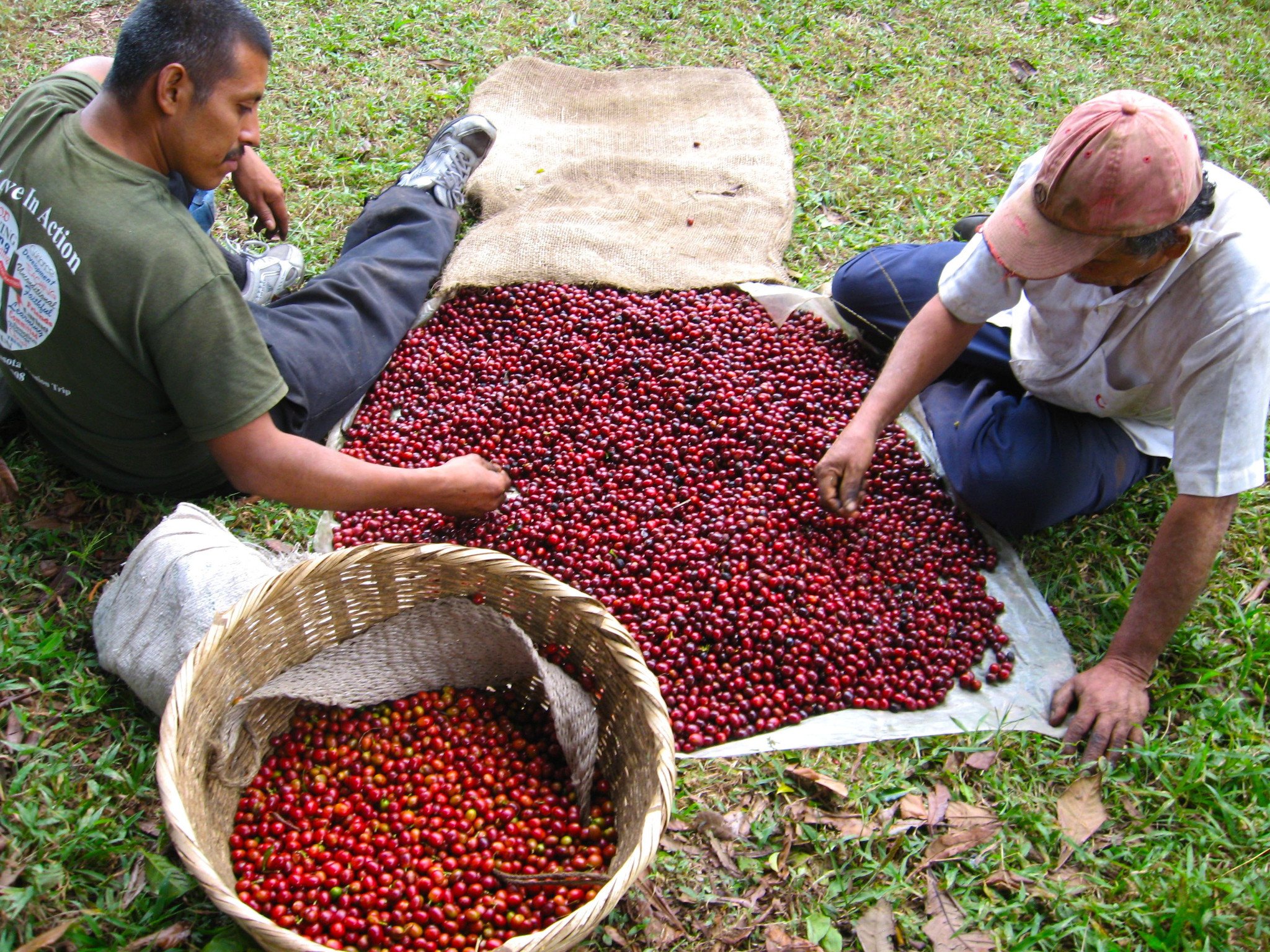- Every cup of coffee you drink is a blend in some way, even single estate micro-lots.
- The journey of coffee from farm to cup involves numerous processes that can lead to unevenness.
- Aida Batlle, a renowned coffee producer, discusses how evenness is managed at the farm level.
- Factors such as variety, altitude, picking, fermentation, drying, sorting, and blending all play a role in coffee quality.
Every cup of coffee is a blend. Whether it’s marketed as a single estate micro-lot or a complex mix, the reality is that each coffee is the result of multiple influences and processes. This blending starts long before the coffee reaches the roaster or barista, often beginning right on the farm.
Aida Batlle, a highly esteemed coffee producer from El Salvador, highlights ways to manage these variables to achieve more evenness in coffee production. Her farm, Kilimanjaro, uses several techniques to maintain consistency and quality.
Variety is a crucial factor. Different varieties of coffee beans can vary tremendously in size, shape, and density. For example, some Kenyan farms grow SL28 and SL34 varieties for their robust flavors, while the Ruiru 11 variety is often criticized for its lack of flavor. On her farm, Aida maintains two main varieties—Kenia and Bourbon—that are similar both in structure and flavor, making it easier to blend them.
Altitude is another key factor. While some coffee farms cover a wide range of altitudes, Aida’s Kilimanjaro farm spans a relatively tight range of 140 meters. Experiments have shown that blending beans from different altitudes on her farm creates a more balanced and enjoyable flavor profile.
Picking the coffee cherries at the right ripeness is essential. Aida is extremely meticulous about this process, ensuring that only uniformly ripe cherries are picked, often requiring multiple passes through the fields. This diligence helps enhance the sweetness and overall quality of the coffee.
Fermentation plays a significant role as well. At Kilimanjaro, each day’s harvest is fermented together in a single lot, which ensures an even fermentation process. This consistency helps in producing a more balanced coffee.
Proper drying methods are equally important. Aida uses raised African beds for drying her coffee, a method that ensures even dehydration. Patios are also used but are meticulously managed to maintain evenness.
Sorting is the final crucial step before the coffee is blended and shipped. Despite all the prior steps, beans can still vary. Aida’s team uses various sorting machines to weed out any inconsistencies. This step is vital for maintaining a high-quality product.
Blending happens at the very last moment to ensure no changes in the coffee’s quality. Each lot is regularly cupped to check for consistency, and only the best lots are blended and shipped.
Understanding the complexities involved in coffee production helps in appreciating the effort behind every cup.
